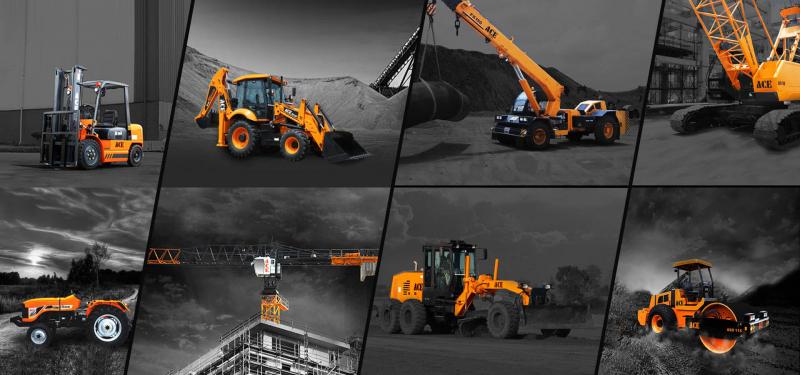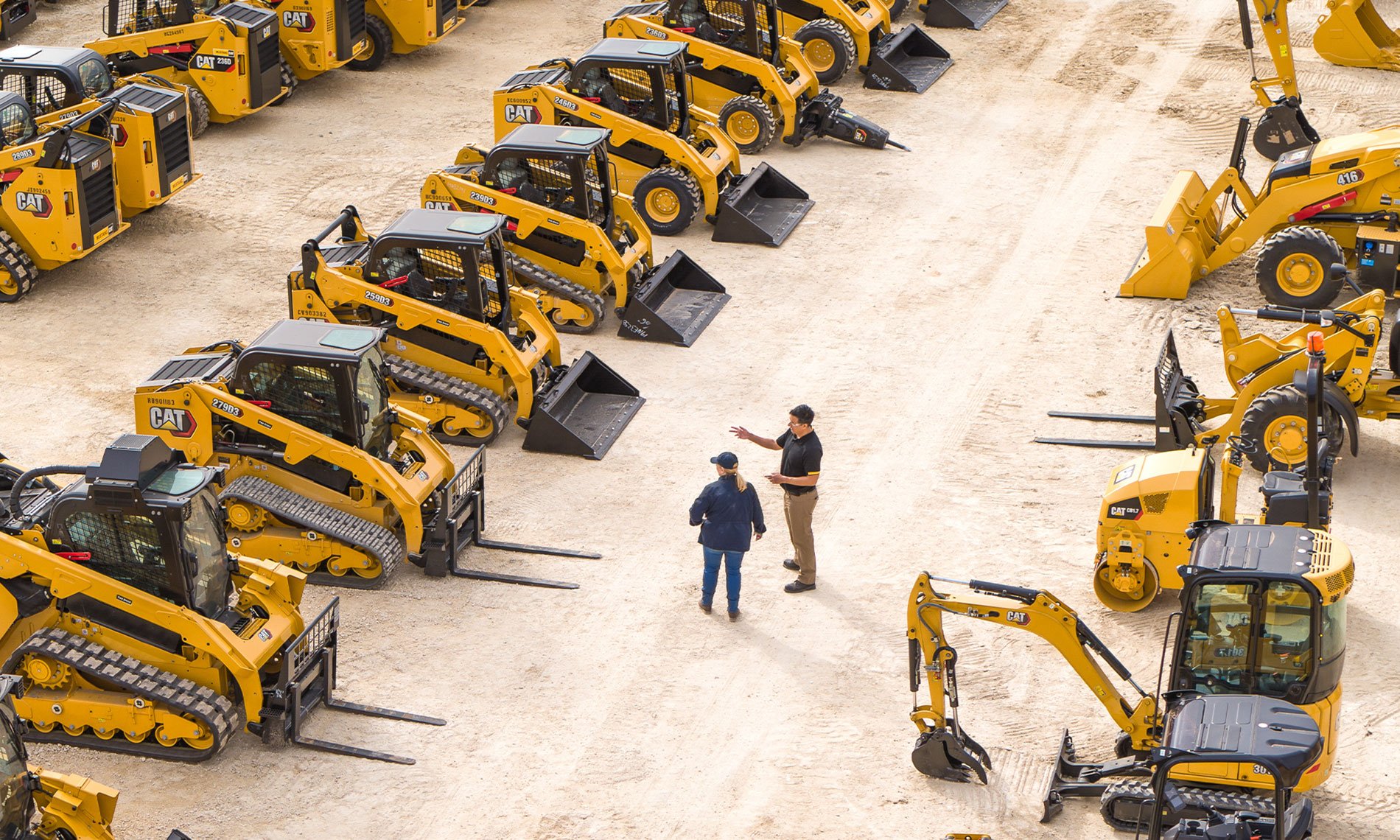Aerial Lift Rental: Versatile Training Solutions for High-Access Jobs
Aerial Lift Rental: Versatile Training Solutions for High-Access Jobs
Blog Article
Optimize Your Budget by Comprehending the Prices Connected With Building And Construction Equipment Rentals
Comprehending the complete range of expenses associated with construction equipment rentals is vital for maximizing your budget plan. What methods can be employed to efficiently manage these expenses and guarantee an extra effective rental experience?
Review of Rental Expenses
When taking into consideration building and construction equipment rentals, comprehending the connected costs is critical for efficient budgeting and job planning. Rental expenses can differ substantially based upon a number of factors, consisting of tools type, period of leasing, and place. The first rental fee typically shows the equipment's market need and its connected operational abilities, influencing the overall expenditure.
In addition to the base rental price, supplementary costs might develop, such as transportation charges, gas surcharges, and upkeep fees. It is important to account for these extra expenses to precisely assess the total cost of leasing tools. Furthermore, the rental duration can influence pricing; longer rentals might certify for discounted prices, while short-term rentals may incur higher day-to-day charges.

Breakdown of Rental Rates
A detailed understanding of rental rates is essential for service providers and job supervisors intending to maximize their budget plans. Rental rates for construction tools normally contain a number of parts, including base rates, time-based fees, and use charges.
Base rates are the core costs linked with the service of the equipment, commonly identified by the type and dimension of the equipment. These rates can vary considerably, influenced by elements such as equipment need, accessibility, and regional market fads. Time-based charges, which may be daily, weekly, or monthly, serve to fit different task timelines and rental durations.
Furthermore, rental prices might include usage costs, which apply when tools is made use of past a specified limit, making certain that the rental business can account for wear and tear. Seasonal need changes can likewise influence rental prices, with peak building seasons commonly regulating greater costs.
In addition, understanding the rental firm's policies relating to maintenance and insurance policy can give further understanding into the total expense framework. By examining these elements, professionals can make informed choices, guaranteeing the selection of rental tools aligns with both task requirements and budget plan restrictions.
Added Costs to Think About
Comprehending the details of additional fees is vital for contractors to handle their total service expenses efficiently. Beyond the basic rental rates, numerous additional costs can dramatically impact the complete expense of equipment service. These charges often consist of distribution and pickup charges, which can vary based on range and logistics associated with moving the tools to and from the job website.
In addition, some rental firms may impose fuel additional charges if the devices is returned with much less gas than when leased. It is also necessary to know potential cleaning fees, especially for customized equipment that requires comprehensive upkeep after use.

Completely examining the rental agreement and clarifying these additional fees upfront can aid professionals ensure and avoid unexpected expenses that budget plans remain undamaged throughout the job lifecycle.
Maintenance and Repair Service Expenditures
Normal maintenance and repair service costs are commonly neglected factors that can substantially influence the total price of building equipment leasings. When renting out tools, it is critical to consider not only the rental charges yet likewise the prospective costs associated with keeping the machinery in optimal operating problem.
Many rental firms include standard maintenance as component of the rental arrangement; nonetheless, much more extensive repair work or unforeseen break downs can result in added costs. It's necessary to evaluate the rental agreement thoroughly to understand what maintenance solutions are covered and what obligations fall on the renter.
Additionally, tools that is not well-kept can lead to ineffectiveness on the work site, possibly boosting and creating delays task costs. To mitigate these threats, it is a good idea to carry out normal assessments and keep open communication with the rental service provider regarding any kind of problems that occur throughout usage.
Insurance Policy and Obligation Expenses
Insurance coverage and obligation expenses are vital parts that can substantially affect the general expenditure of building and construction devices services (boom lift rental). These expenses make certain that both the rental firm and the client are protected from potential financial losses developing from accidents, damage, or theft during the rental duration

In addition, clients must understand any kind of deductibles or exclusions in the insurance coverage, dig this as these can impact potential out-of-pocket costs. Understanding the conditions of any kind of insurance coverage is vital to prevent unanticipated expenses. Eventually, budgeting for insurance policy and obligation expenses can help ensure a smoother rental experience and secure versus monetary risks related to construction tasks.
Verdict
In conclusion, a detailed understanding of the costs associated with building and construction devices services is essential for effective spending plan management. Ultimately, informed decision-making regarding devices leasings adds to the websites general success of building ventures.
Rental prices can differ considerably based on several factors, consisting of equipment kind, duration of rental, and place (construction equipment rentals). The rental duration can affect prices; longer leasings may qualify for affordable rates, while temporary leasings may sustain greater everyday fees
By conducting complete research and engaging with reliable rental business, service providers can successfully browse the intricacies of rental prices, ultimately optimizing their economic resources.
Beyond the standard rental prices, various supplemental fees can dramatically affect the overall expense of tools leasing. Rental firms usually give responsibility insurance that covers injuries to third parties or damages to residential or commercial property, while equipment damage insurance policy can cover the cost of repairs or replacement if the rented out devices is damaged.
Report this page